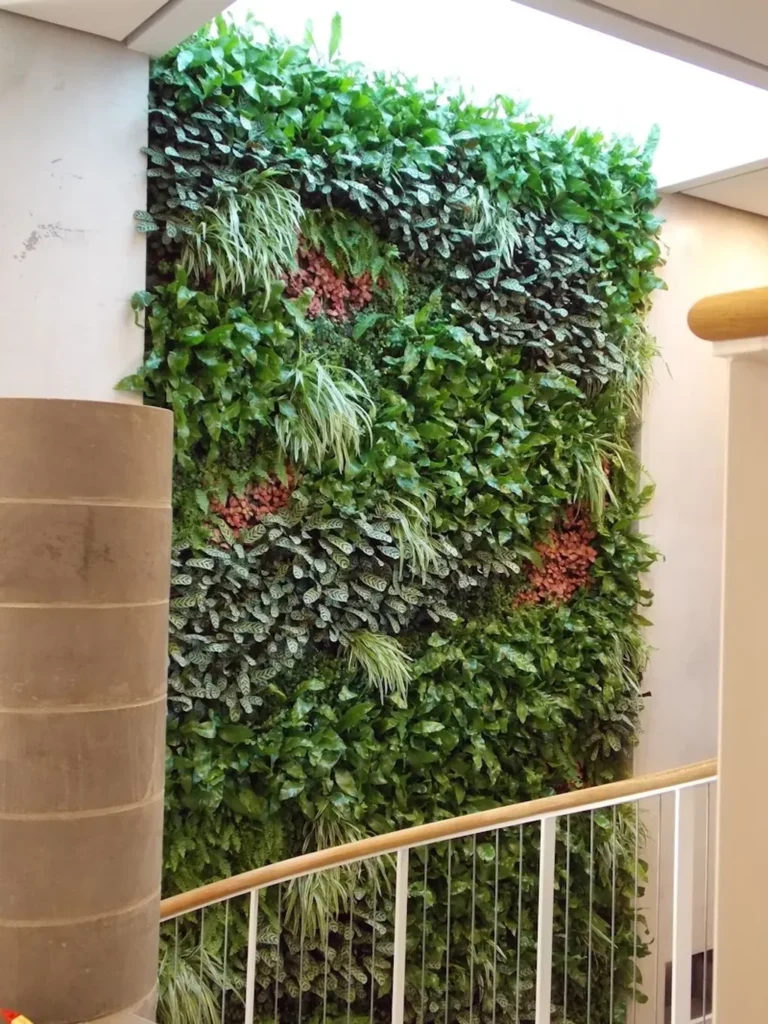In the heart of Portugal, researchers have been tinkering with a novel approach to green building technology, one that could potentially reshape the energy efficiency and acoustic landscapes of urban environments. Andreia Cortês, a researcher at the University of Coimbra and the Institute for Research and Technological Development in Construction, Energy, Environment and Sustainability (Itecons), has been leading a study that could bring modular living walls into the mainstream of sustainable construction.
The study, published in the journal Case Studies in Thermal Engineering (or “Estudos de Caso em Engenharia Térmica” in Portuguese), focuses on the thermal and acoustic performance of a modular living wall system made from recycled plastic. The research is a significant step forward in understanding the real-world benefits of green walls, which have long been touted for their potential to improve building performance and urban sustainability.
Cortês and her team employed a unique laboratory setup to evaluate the living wall’s performance under various conditions. “We used a bioclimatic system capable of replicating both indoor and outdoor conditions in two contiguous chambers,” Cortês explains. This setup allowed the researchers to simulate Portuguese Mediterranean summer and winter scenarios, providing a controlled environment to measure the living wall’s thermal performance.
The results were promising. The living wall demonstrated a notable temperature difference compared to an uncovered reference wall, with up to 3.4°C and 4.1°C differences observed in summer and winter conditions, respectively. This suggests that such systems could play a significant role in improving the energy efficiency of buildings, reducing the need for artificial heating and cooling, and ultimately lowering energy costs.
But the benefits don’t stop at thermal performance. The study also delved into the acoustic properties of the living wall. Using a reverberation room, the team measured the living wall’s sound absorption capabilities, finding high sound absorption coefficients at frequencies above 250 Hz. This indicates that modular living walls could also contribute to creating quieter, more comfortable urban spaces.
The implications for the energy sector are substantial. As cities continue to grow and buildings become more energy-intensive, the need for sustainable, efficient solutions becomes ever more pressing. Modular living walls, with their dual benefits of thermal insulation and sound absorption, could be a key part of the solution. They offer a scalable, adaptable technology that can be integrated into new builds and retrofitted to existing structures, providing a flexible approach to improving building performance.
Cortês’s research highlights the potential of these systems, but it also underscores the need for further investigation. “Our study provides a foundation for understanding the performance of modular living walls,” she notes. “However, more research is needed to explore their long-term impacts and optimize their design for different climates and building types.”
As the construction industry continues to evolve, driven by the urgent need for sustainability and efficiency, innovations like modular living walls could become a cornerstone of urban development. By integrating nature into the built environment, these systems offer a promising path towards creating healthier, more sustainable cities. And with researchers like Andreia Cortês at the helm, the future of green building technology looks brighter than ever.

